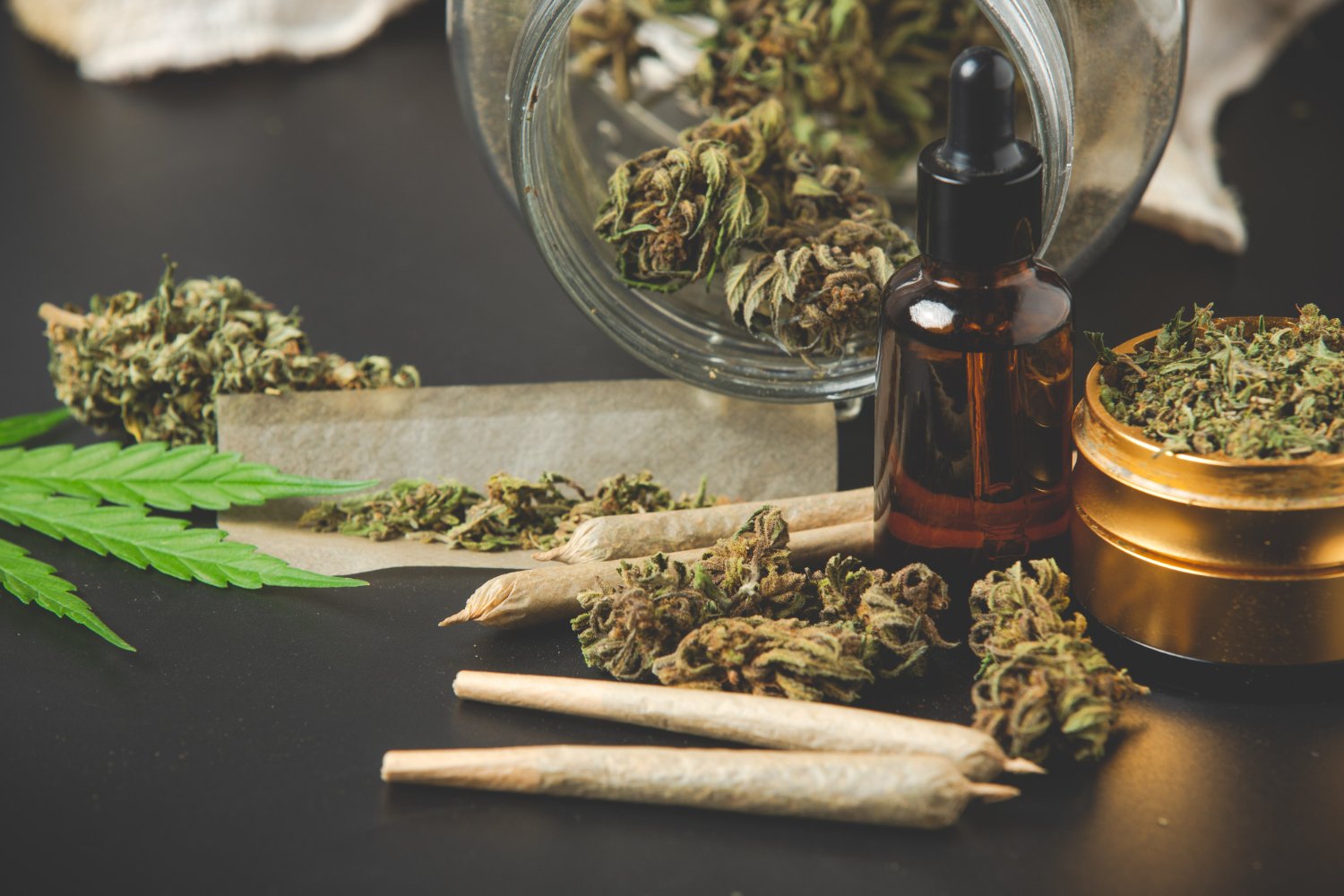Medical Science has enough evidence to prove that it can be a blessing for many when it comes to relieving various ailments. It is no surprise that medical Cannabis has a variant of benefits that they come with. From helping out with depression to relieving pain from sports injuries, there is a ton that cannabis can help with. However, we are here to talk about how exactly medical cannabis can help with pain management. In the United States, there is a growing public health issue over chronic pain. The CDC reports that one in five Americans suffers from chronic pain, which is thought to cost $560 billion in medical expenses and lost productivity. The complex condition of chronic pain causes the body to experience physical, psychological, and emotional stress. As a result, managing chronic pain also calls for a comprehensive strategy that incorporates interventional, non-pharmacological, and pharmaceutical techniques. If you are wondering how to find a medical marijuana doctor in Lafayette, LA, there are plenty of options to choose from out there. Meanwhile, we will break down everything that there is to know about the topic and have relevant statistics to support our point.
How Does Cannabis Work For Pain?
Cannabis contains substances that could ease symptoms like pain, nausea, and others. CBD and THC are the parts of cannabis that the majority of research concentrates on for pain treatment. THC mirrors the cannabinoid substances that the body naturally produces. This increases the reward system in the brain and lessens pain. THC is a psychoactive substance because it attaches to cannabinoid receptors and causes a “high,” or altered state of consciousness. Although it interacts with pain receptors in the brain to have pain-relieving and anti-inflammatory properties, CBD does not get you high.
Studies To Support Cannabis for Pain
Numerous research has recently examined how cannabis affects chronic pain. Several trials yielded promising outcomes, according to a 2015 assessment by Trusted Source of studies on the use of cannabis and cannabinoids for different types of chronic pain problems. According to the researchers, various types of chronic pain, particularly neuropathy, may be effectively treated with cannabis or cannabinoids. According to a 2016 study, using cannabis to treat cancer pain reduced opioid use by 64%, increased quality of life, and reduced adverse drug reactions. Participants also used fewer prescription drugs as a result.
How to Get Started?
1. Get a Doctor’s Order
Getting a prescription for medical marijuana from your doctor is the first step in the process. Doctors can only lawfully recommend or provide directives about marijuana because it is still prohibited at the federal level. However, each state’s requirements for medical marijuana are different.
2. Pick Your Consumption Mode
The form you choose will determine how you interact with it. The amount of active chemicals your body absorbs, how quickly you experience the consequences of marijuana, and how long those effects last can all vary depending on how you consume it. There are three primary methods of cannabis consumption:
- Inhalation: Inhalation of marijuana may be a useful tool for reducing the CNS sensitivity to pain receptors because it enables the active ingredients to easily penetrate the blood-brain barrier. This can be extremely helpful for illnesses like fibromyalgia that are difficult to treat for neuropathic pain or concentrated pain.
- Edibles: Medical marijuana taken orally produces effects similar to those of inhalation, although the absorption is slower and less predictable. You won’t experience the effects immediately after consuming a marijuana-containing product because it must pass through your digestive system like any other food or drink. Usually, it takes a few hours. According to certain research, the direct interaction between the digestion of marijuana and the gut bacteria may result in greater positive effects on the digestive tract.
- Tinctures and Oils: Although you consume tinctures and oils orally, they are more quickly absorbed by your body than foods are. Under the tongue, tinctures and oils are quickly absorbed by the bloodstream and pass through the blood-brain barrier. Because they are simpler to measure accurately, tinctures might be an excellent choice for those who desire more control over their dosage.
- Topicals: Topical use is most effective for reducing localized pain and inflammation; it shouldn’t cause systemic absorption or make you feel high. Applying a topical lotion directly to the location of joint discomfort can help relieve it.
The world of alternate medication is a cynical one, and any claim that medical Cannabis can help with anything at all needs to be backed with relevant data. However, this discovery is not that new, as people have been using cannabis for pain management for a long time now. The point here is to reach out to reliable medical marijuana doctors in your area to get the best treatment. When dappling with marijuana, it’s best not to compromise on the quality, so be conscious of whom you choose.
